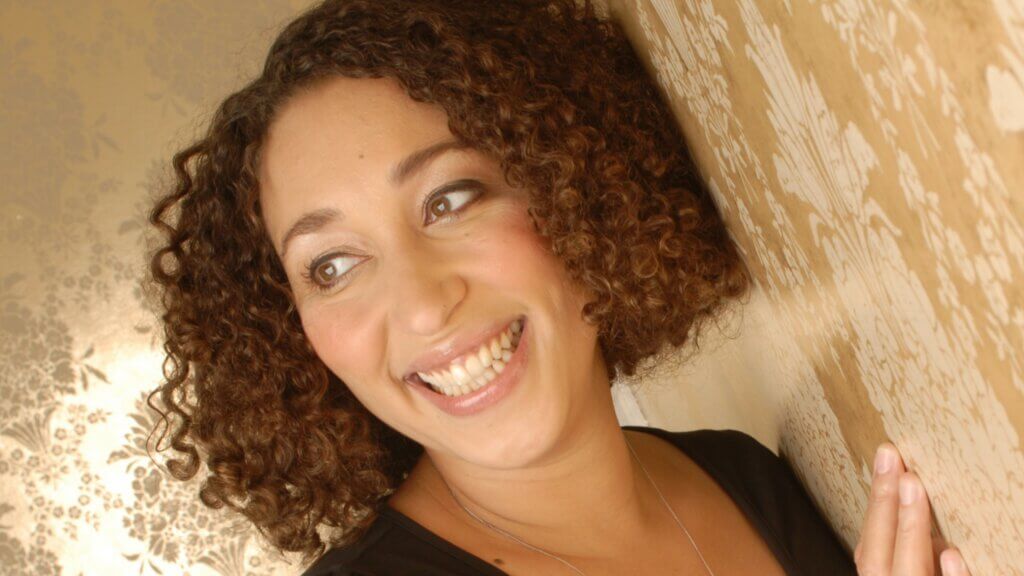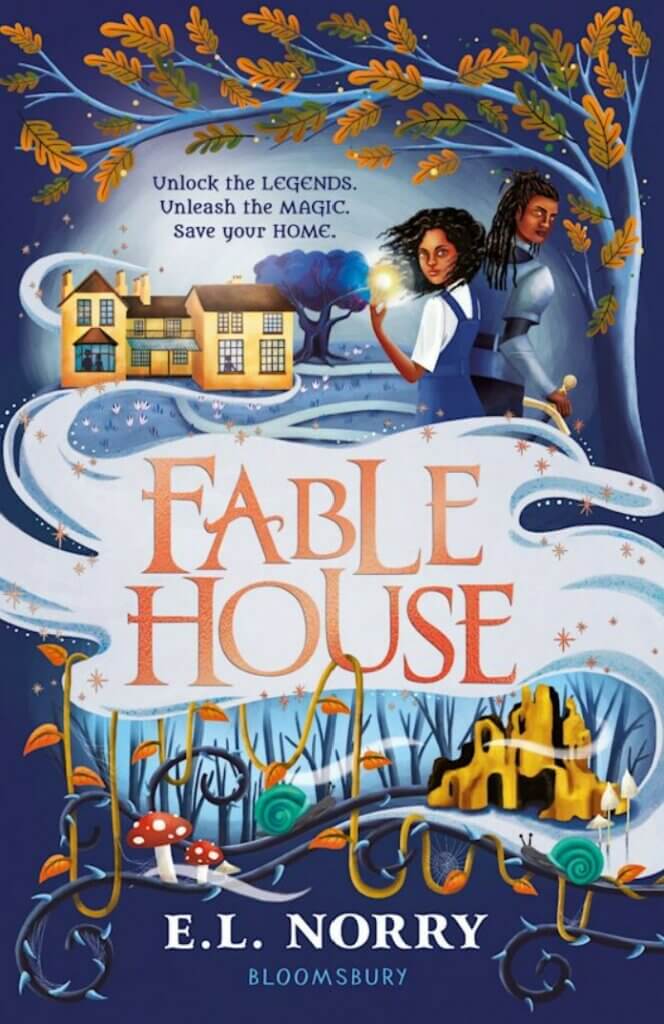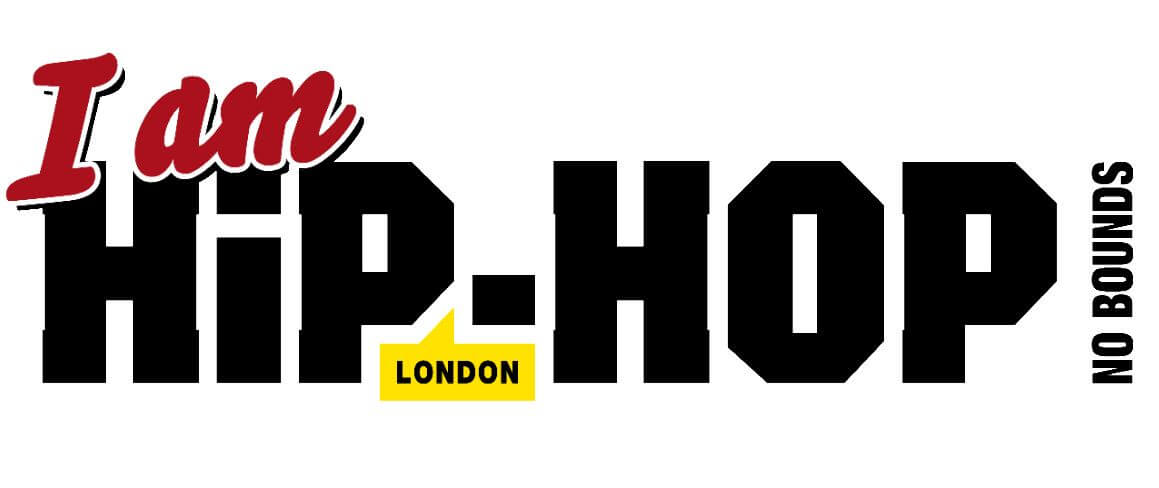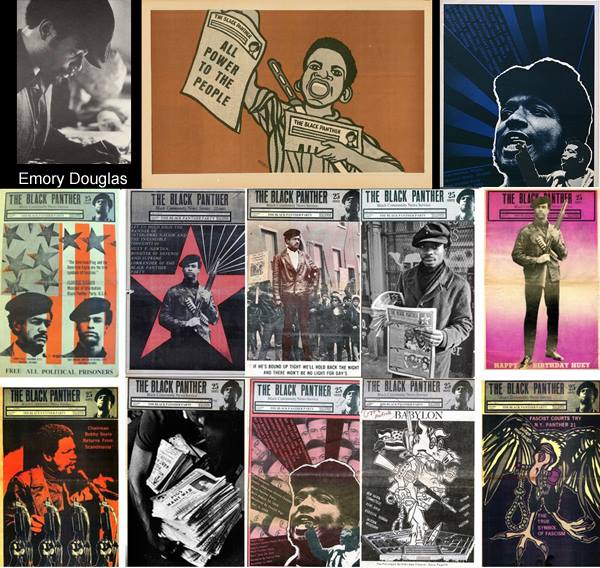
We had the pleasure of sitting down with E.L Norry, the talented author behind the captivating book “Fablehouse.” In this insightful interview, Norry shares her inspirations, personal experiences, and writing process for this remarkable work. By blending elements of Arthurian legend with a contemporary setting, Norry brings together two worlds in a compelling way. She also delves into the importance of giving voice to marginalized characters and the significance of the book’s setting. Throughout the conversation, Norry reveals her hopes for readers, discusses her approach to writing for children and young adults, and even hints at upcoming projects. Join us as we delve into the creative mind of E.L Norry and discover the magic behind “Fablehouse.”
What inspired you to write Fablehouse?
Fablehouse was an original idea by Jasmine Richards who runs a company called Storymix. Storymix focus on inclusivity, with a focus on making black and brown children the heroes. I really believe in what her company is doing and was instantly intrigued by her idea.
How did your personal experiences in the care system influence your writing of this book?
Jasmine knew of my work and my background of growing up in care when she approached me for the project way back in February 2021. I wasn’t consciously aware of using my background to write the book, but unconsciously lots of things came out which was then easy to see in the edits and rewrites. And also, although she showed me a pitch deck with an outline of the story, the characters weren’t fleshed out at all, so I had the opportunity to add lots to this project and really make it my own.
The book combines elements of Arthurian legend with a contemporary setting. What made you decide to bring these two worlds together?
Jasmine’s idea was to blend Arthurian legends – there haven’t been any Black Knights in children’s stories that we’re aware of – and then combining that aspect with the real 1950s world and the history of the ‘brown babies’. Those three aspects made for a compelling proposal. My background meant that I foregrounded my care experiences and experiences of being mixed-race as the focus. As soon as she mentioned the children finding Pal, the old film ‘Whistle Down the wind’ came to mind and several scenes immediately jumped into my mind of how I could write their relationship. All the children are lacking a father figure – and I myself never had one growing up wither – so it was easy to put the ‘ideal father’ qualities onto Pal.
Can you describe your writing process for Fablehouse? How did you approach balancing the fantasy elements with the realistic themes?
At first I was really uncomfortable with the fantasy elements of the story. I kept assuming the word ‘fantasy’ meant ‘high fantasy’ — a land of Hobbits and Orcs, a genre I had no interest in and wasn’t at all familiar with. But my editor, Zoe, did a wonderful job of reassuring me that ‘fantasy’ could be whatever I wanted it to be. Once I had the idea that the fae world was directly underneath our one, remembering inspirations such as Stranger Things and The Dark is Rising, it became much easier to create a world that might be similar to ours but with key differences too. I consider myself to have a poor visual sense, so I used Pinterest a lot for inspiration and focused on my strengths… when using the senses I like to focus on smell and sound.
Heather and her friends are described as heroes who are often on the outskirts of society. Why was it important for you to give voice to these marginalized characters?
I’ve personally always felt on the outside of things, and I think, because of that, I have always had a huge heart for anyone considered different or an ‘outsider’. One of my favourite films when I was a child was the Hunchback of Notre Dame (the old 1939 version) and To Kill a Mockingbird.
I haven’t ever minded being on the outside – partly that’s to do with my background in care but also, I think, because of the lack of connection with the essential parts of my identity. Being moved away from my place of birth for example (Cardiff), not being placed with foster parents where I could explore my mixed identity, or Jewish heritage. I think it is important to show people, and especially children, that you can choose to fit in.
Palamedes, a knight from King Arthur’s court, is a central character in the book. How did you go about researching and incorporating Arthurian legend into your story?
I read the little we know about Palamedes and filled in the gaps with my imagination. Jasmine is a big myths and legends fan so she pointed me in the direction of some inspiration too. I read stories, watched film and TV. I enjoyed the Gawain and the Green Knight story so mcuh and knew it could be an amazing allegory and so chose to make that the basis of the bonus chapter that’s in the book (I imagined Pal at court when the event happened), and I had some great books to research like Le Morte d’Arthur by Thomas Malory. It couldn’t all make it into the book!
The setting of Fablehouse, including the ancient woodland and stone tower, plays a significant role in the story. How did you develop this setting and what inspired you?
Once I’d read Lucy Bland’s book, ‘Britain’s Brown babies’, I looked up Holnicote House and realised that it was now the accommodation attached to HF walking holidays! So I booked myself a 3 day walking holiday to Exmoor. That was fantastic. It was wonderful to be completely immersed in the setting of the place. I walked miles and got to experience the land, see cairns, Exmoor ponies and stay in the actual house that Fablehouse was based on. I was inspired by my own experience of leaving Cardiff aged ten and being fostered in a tiny village called Alderton about ten miles away from Woodbridge, in Suffolk. It was there that I spent hours going on long bike rides armed with only a picnic and a book, building dens in woods and having imaginary friends.
The book deals with themes of friendship, bravery, and facing fears. What message do you hope readers take away from the story?
It’s funny because I never set out to consciously ‘have a ‘message’, although the wonderful thing about writing for children is that you can always detect hope in their stories. I think the ages of 8–12 are a very rich time when you’re a child, you are learning so much.
I hope the main message that children can take away from this story is that you can choose – at any time – that you are important and you matter and that you can influence things. And also, that if you aren’t living with, or in touch with, your own family, friends can be just as special and important. You can create your own family from the people who ‘get’ you.
You’ve previously written for children and young adults. What do you think makes a good book for these audiences and how do you strive to achieve that in your writing?
I think it’s really important to not talk down to children. Thy understand far more than many adults think they’re capable of. You also can’t, or shouldn’t, ‘preach’ to them. They may or may not pick up on certain things, but it’s up to them. I never set out to write for children, but the reason I love it so much is because I think I can very easily remember that period in my life. That’s what makes a truly excellent children’s writer, I feel. A person who is in touch with their ‘younger self’ and can remind the intensity of those emotions. The very best children’s fiction, for me, carries an intensity of emotional truth that you can’t ‘fake’ – you just feel it.
Are there any upcoming projects you can tell us about?
I’m busy editing Fablehouse two at the moment which comes out next April. Apart from that, I’m really looking forward to dreaming about my next project… I’ve had the idea for a few years but haven’t dared commit anything to paper yet, so that will be interesting… trying to pin that down!

Fablehouse By E.L Norry is out Thursday 8th June
Mark Mukasa
Latest posts by Mark Mukasa (see all)
- DEV PATEL & JORDAN PEELE’S ‘THE MONKEY MAN’ TRAILER DROP — January 26, 2024
- HARPERCOLLINS CHAMPION REPRESENTATION WITH NEW CHILDREN’S IMPRINT ‘KUMUSHA BOOKS’ — January 24, 2024
- FILM | BRAND NEW TRAILER FOR BOB MARLEY: ONE LOVE — December 5, 2023





